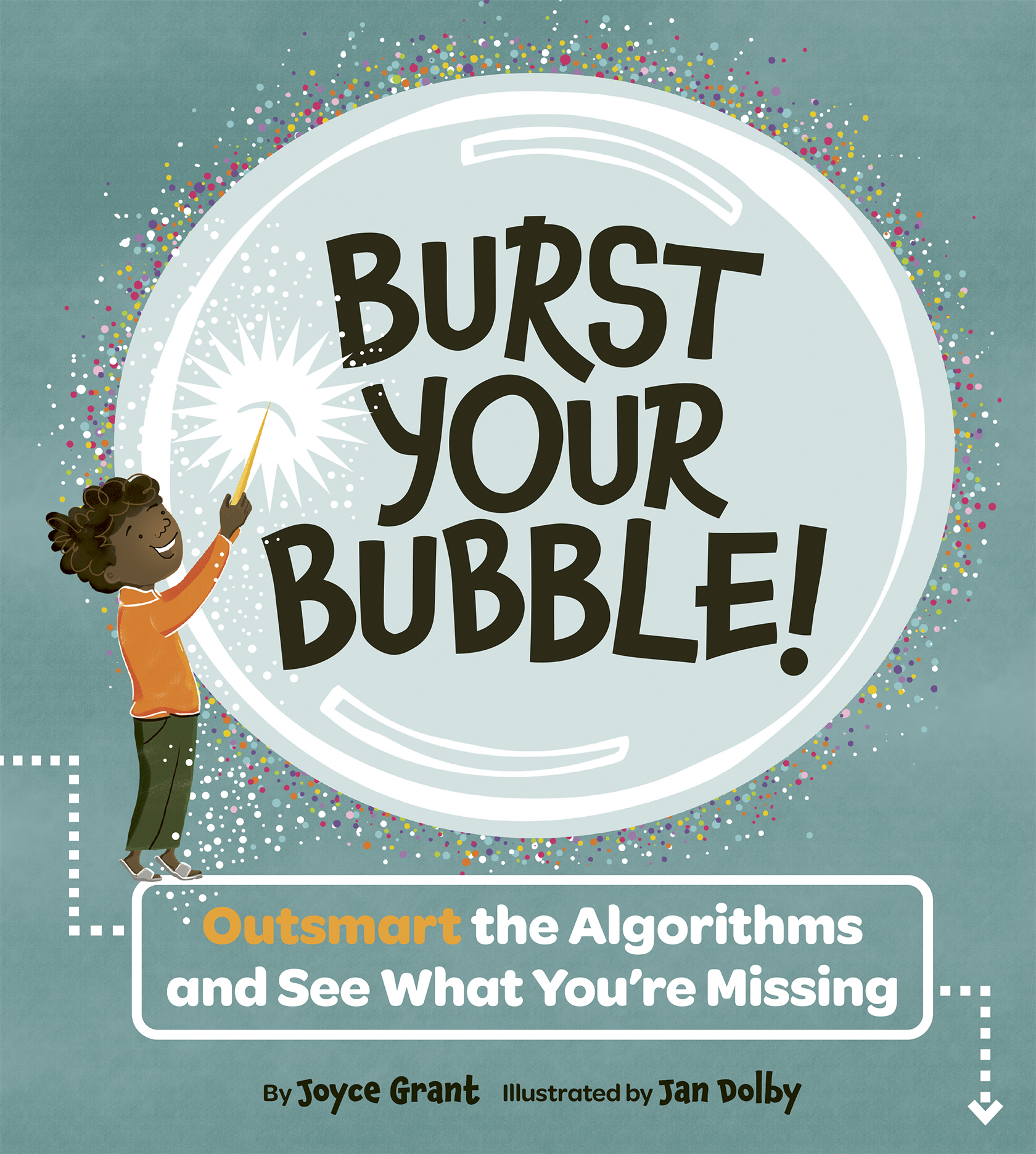
The Italian government is trying to figure out if there is any truth to reports that rock is falling from the Colosseum.
The Colosseum is a world-famous landmark in Rome, Italy. It is the place where gladiators fought during the time of the Roman Empire (around 80 AD).
It has been damaged over the years by earthquakes and stone robbers, but it remains one of Rome’s most popular tourist attractions.
Last week, some visitors to the Colosseum said they saw some bits of stone fall from it.
An Italian environmental group says that exhaust fumes and vibrations from cars and a nearby subway are causing damage to the Colosseum.

The director of the Colosseum has denied these reports of falling stone, according to news service American Press (AP); although she said that sometimes small stones have been known to fall from the ancient building, due to rain, wind or birds.
The outside of the Colosseum is made from travertine, a type of limestone; the interior is made from brick and tufa, another variety of limestone.
The tourist attraction is slated to get a $33-million face-lift beginning in March.
CURRICULUM CONNECTIONS
By Jonathan Tilly
Writing/Discussion Prompt
$33 million will be spent to repair the Colosseum. Do you think this money should be used to add new stone and other materials to the Colosseum or that the money should be spent on protecting the ancient stones from further damage? Why?
Share your answer with a friend who thinks differently than you. What does your discussion tell you about historic objects and history itself?
Reading Prompt: Reading Familiar Words
Effective readers need to be able to quickly recognize and read common words. This helps them focus their attention on the meaning of the text. Words that we see all the time are called high frequency words. What are the three highest frequency words in today’s article?
Primary
Automatically read and understand most high-frequency words, many regularly used words, and words of personal interest or significance, in a variety of reading contexts (OME, Reading: 3.1).
Junior
Automatically read and understand most words in common use (OME, Reading: 3.1).
Intermediate
Automatically read and understand most words in a wide range of reading
contexts (OME, Reading: 3.1).
Grammar Feature: BC & AD
The abbreviations “BC” and “AD” refer to different parts of the Gregorian calendar, the most widely used calendar in the world today. “BC” stands for Before Christ and means all the years before Jesus Christ was born. The “BC” years countdown towards the birth of Jesus Christ. For that reason, the year 20BC is more recent than the year 400BC.
“AD” stands for Anno Domini, which is Latin for “The Year of our Lord.” Years that are “AD” refer to all the years after Jesus Christ was born. This year is 2012AD; 2012 years after the birth of Jesus Christ.
Because “BC” and “AD” are linked to Christianity, some people call “AD” “CE” (common era) and “BC” “BCE” (before the common era).
Make a timeline using the jumbled dates below.
2000AD, 2000BC, 400AD, 250BCE, 689CE, 1200AD, 1742BC, 1853CE, 200BC, 999BCE.








